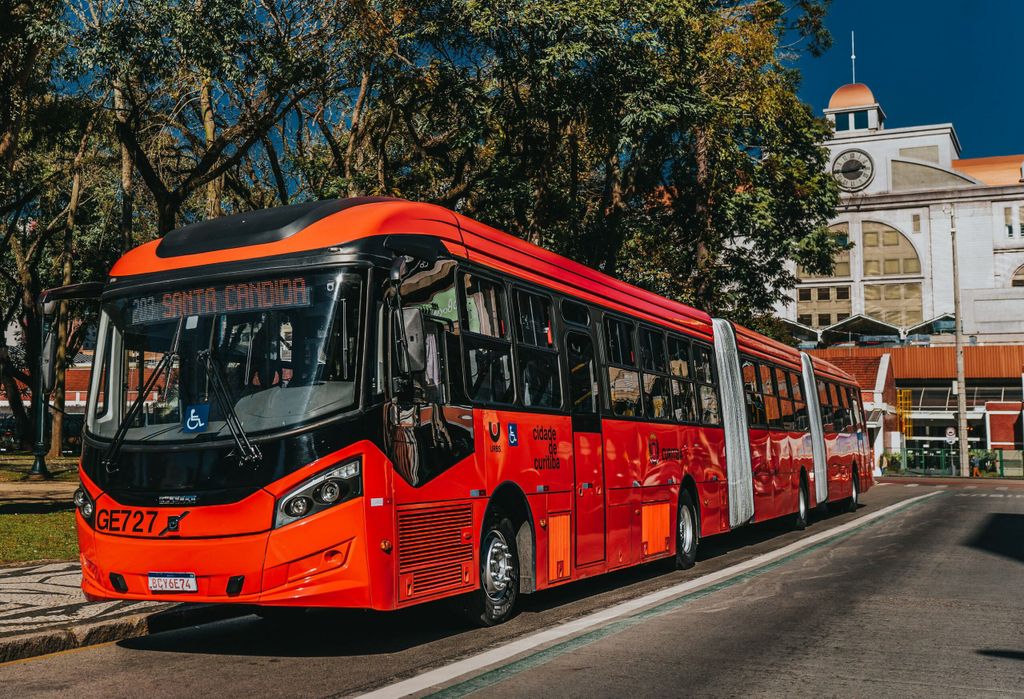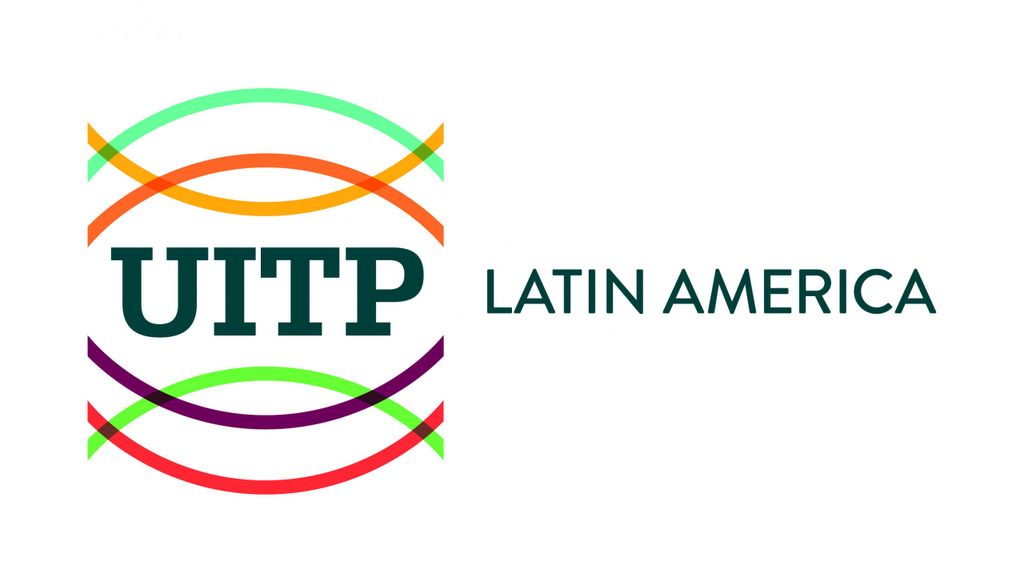
UITP BRT Seminar: Celebrating the 50-year journey of Bus Rapid Transit



About
[English]
As we gather to celebrate the 50th anniversary of Bus Rapid Transit (BRT), we return to Curitiba, Brazil—the birthplace of this revolutionary urban mobility solution. In 1974, the world’s first BRT system was launched under the visionary leadership of then-Mayor Jaime Lerner. This system transformed public transportation, with dedicated bus lanes, efficient ticketing, and high-capacity vehicles, all designed to reduce congestion and promote sustainable urban growth.
Lerner’s innovative approach not only reshaped Curitiba, but inspired over 190 cities worldwide to adopt and adapt the BRT model. By reducing traffic, cutting emissions, and improving the quality of life for millions, BRT has become a global symbol of the power of forward-thinking urban planning and the transformative potential of public transport.
Throughout the years, BRT systems have continually evolved, proving to be fertile ground for testing and piloting innovations in bus transport. Today, they are embracing the transition towards zero-emission operations, making fast advancements in connectivity, and moving towards automated operations. Recognizing the critical role BRTs play in this shift, UITP coordinates the EU-funded eBRT2030 project, which aims to push the boundaries of BRT innovation.
eBRT2030 aims to demonstrate the applicability of a new generation of eBRT systems in different urban contexts with innovative solutions that are economically viable and enhanced with new automation and connectivity functionalities. Ultimately, the main objective is to drastically reduce emissions, pollutants and congestion, supporting the transition towards zero emission sustainable transport across Europe.
Now, 50 years after the first BRT opened to the public in the world, let’s join to reflect on the progress of BRT across six continents. This event is not only a celebration of past achievements but also a pivotal moment to connect with the global experts and professionals shaping the future of urban mobility.
We look forward to welcoming you to celebrate this momentous occasion!
Please find further information on the eBRT2030 project here:
><
[Spanish]
Al reunirnos para celebrar el 50 aniversario del sistema BRT (bus rapid transit), regresamos a Curitiba, Brazil, la cuna de esta revolucionaria solución de movilidad urbana. En 1974, se lanzó el primer sistema de BRT del mundo bajo el liderazgo visionario del entonces alcalde Jaime Lerner.
Este sistema transformó el transporte público, con carriles exclusivos para autobuses, emisión eficiente de boletos y vehículos de alta capacidad, todo diseñado para reducir la congestión y promover el crecimiento urbano sostenible.
El enfoque innovador de Lerner no sólo transformó Curitiba sino que inspiró a más de 190 ciudades de todo el mundo a adoptar y adaptar el modelo BRT. Al reducir el tráfico, disminuir las emisiones y mejorar la calidad de vida de millones de personas, el BRT se ha convertido en un símbolo mundial del poder de la planificación urbana con visión de futuro y el potencial transformador del transporte público.
A lo largo de los años, los sistemas BRT han evolucionado continuamente, demostrando ser un terreno fértil para probar e implementar innovaciones en el transporte en autobús. Hoy en día, están adoptando la transición hacia operaciones de cero emisiones, avanzando rápidamente en conectividad y moviéndose hacia operaciones automatizadas. Reconociendo el papel crucial que juegan los BRT en esta transformación, la UITP coordina el proyecto eBRT2030, financiado por la UE, que busca ampliar los límites de la innovación en BRT.
El proyecto eBRT2030 tiene como objetivo demostrar la aplicabilidad de una nueva generación de sistemas eBRT en diferentes contextos urbanos, con soluciones innovadoras que sean económicamente viables y mejoradas con nuevas funcionalidades de automatización y conectividad. En última instancia, el objetivo principal es reducir drásticamente las emisiones, los contaminantes y la congestión, apoyando la transición hacia un transporte sostenible de cero emisiones en toda Europa.
Ahora, 50 años después, unámonos para reflexionar sobre el progreso del BRT en seis continentes. Este evento no es solo una celebración de los logros pasados, sino también un momento crucial para conectarse con los expertos y profesionales globales que están dando forma al futuro de la movilidad urbana.
¡Esperamos darle la bienvenida para celebrar esta ocasión trascendental!
Para más información sobre el Proyecto eBRT2030:
><
Contact
UITP

UITP

